Strategic planning serves as a foundational pillar for museums, guiding their operations and ensuring they remain relevant in an ever-evolving cultural landscape. In an age where digital engagement and shifting visitor demographics are paramount, museums must adopt a proactive approach to their future. A well-crafted strategic plan not only outlines the museum’s direction but also aligns its resources, staff, and programs with its overarching goals.
This alignment is crucial for maximizing impact and ensuring that the museum can effectively serve its community while fulfilling its educational mission. Moreover, strategic planning allows museums to anticipate challenges and opportunities within their environments. By conducting thorough analyses of internal strengths and weaknesses alongside external threats and opportunities, museums can position themselves to respond adeptly to changes in funding, visitor expectations, and technological advancements.
Thus, strategic planning is not merely a bureaucratic exercise; it is an essential process that empowers museums to thrive in a competitive cultural sector.
Key Takeaways
- Strategic planning is crucial for the long-term success and sustainability of museums.
- The mission and vision of the museum should guide the strategic planning process.
- Identifying key stakeholders and forming partnerships is essential for the museum’s success.
- Setting clear goals and objectives is necessary for achieving long-term success.
- Implementing and monitoring the strategic plan is crucial, and the museum should be prepared to adapt to changes and challenges in the environment.
Understanding the Mission and Vision of the Museum
At the heart of any effective strategic plan lies a clear understanding of the museum’s mission and vision. The mission statement articulates the museum’s purpose, defining what it seeks to achieve and who it serves. For example, the American Museum of Natural History in New York has a mission that emphasizes the importance of scientific research and education, aiming to inspire curiosity about the natural world.
This mission not only guides daily operations but also informs decision-making processes regarding exhibitions, educational programs, and community outreach initiatives. The vision statement complements the mission by providing a long-term perspective on what the museum aspires to become. It serves as a motivational beacon for staff and stakeholders alike.
For instance, the vision of the Tate Modern in London is to be a leading global institution that inspires and engages diverse audiences through contemporary art. This vision shapes the museum’s strategic initiatives, encouraging innovative programming that resonates with contemporary societal issues. By clearly articulating both mission and vision, museums can create a cohesive identity that resonates with visitors and stakeholders, fostering a sense of belonging and purpose.
Identifying Key Stakeholders and Partnerships
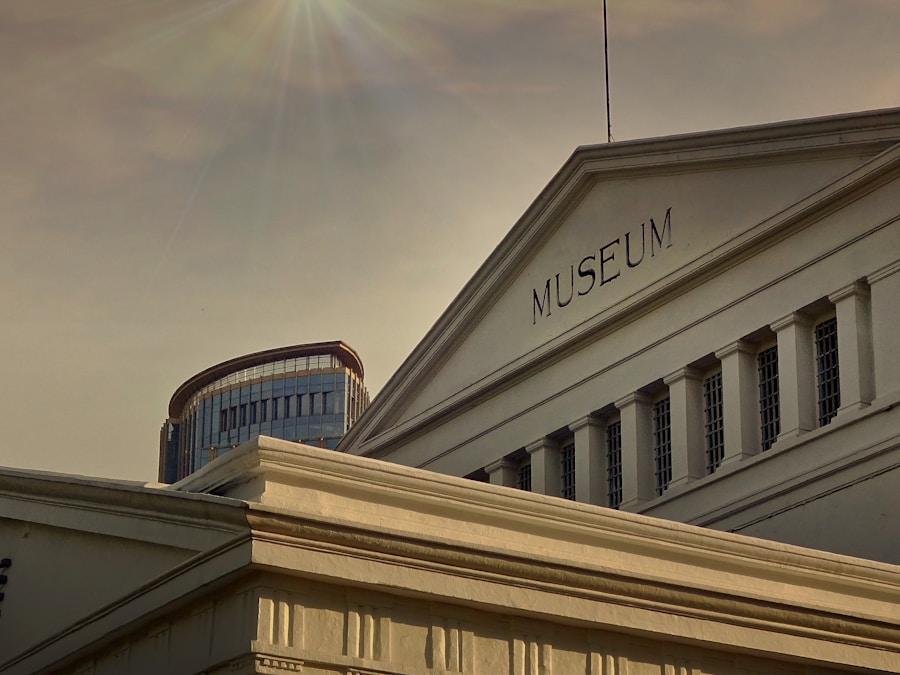
A successful strategic plan recognizes the importance of engaging key stakeholders and forming strategic partnerships. Stakeholders in a museum context can include staff, board members, donors, community members, educators, and even visitors themselves. Each group brings unique perspectives and resources that can enhance the museum’s effectiveness.
For instance, involving educators in the planning process can lead to the development of programs that align with curriculum standards, thereby increasing school visits and community engagement. Partnerships with other cultural institutions, local businesses, and educational organizations can also amplify a museum’s reach and impact. Collaborative initiatives can take many forms, from joint exhibitions to shared educational programs.
The collaboration between the Smithsonian Institution and various local schools exemplifies how partnerships can enhance educational outreach while fostering community ties. By leveraging each other’s strengths, museums can create richer experiences for their audiences while also sharing resources and expertise. Identifying these stakeholders and nurturing relationships with them is essential for building a robust support network that can sustain the museum’s mission over time.
Setting Goals and Objectives for Long-term Success
Once a museum has established its mission, vision, and stakeholder relationships, it is crucial to set specific goals and objectives that will guide its strategic initiatives. Goals are broad statements that outline desired outcomes, while objectives are measurable steps that help achieve those goals. For example, a museum might set a goal to increase visitor engagement by 20% over five years.
To support this goal, specific objectives could include developing new interactive exhibits, enhancing digital marketing efforts, or expanding community outreach programs. Setting SMART (Specific, Measurable, Achievable, Relevant, Time-bound) objectives is particularly important in this context. By ensuring that objectives are clearly defined and realistic, museums can create actionable plans that facilitate progress tracking.
For instance, if a museum aims to diversify its audience base, it might set an objective to increase attendance from underrepresented communities by 15% within three years through targeted outreach initiatives. This structured approach not only clarifies priorities but also fosters accountability among staff members responsible for implementing various aspects of the strategic plan.
Implementing and Monitoring the Strategic Plan
The implementation phase of a strategic plan is where ideas transform into action. This stage requires careful coordination among various departments within the museum to ensure that everyone is aligned with the established goals and objectives. Effective communication is vital during this phase; regular meetings and updates can help keep staff informed about progress and any adjustments needed along the way.
For instance, if an objective related to increasing digital engagement is not yielding expected results, teams can collaborate to identify barriers and brainstorm solutions. Monitoring progress is equally important as implementation itself. Establishing key performance indicators (KPIs) allows museums to assess their success in real-time.
These indicators could include metrics such as visitor numbers, membership growth, social media engagement rates, or feedback from educational programs. By regularly reviewing these metrics, museums can make informed decisions about resource allocation and program adjustments. For example, if visitor feedback indicates that certain exhibits are not resonating with audiences as intended, curators can pivot their strategies to enhance those experiences or replace them with more engaging content.
Adapting to Changes and Challenges in the Museum Environment
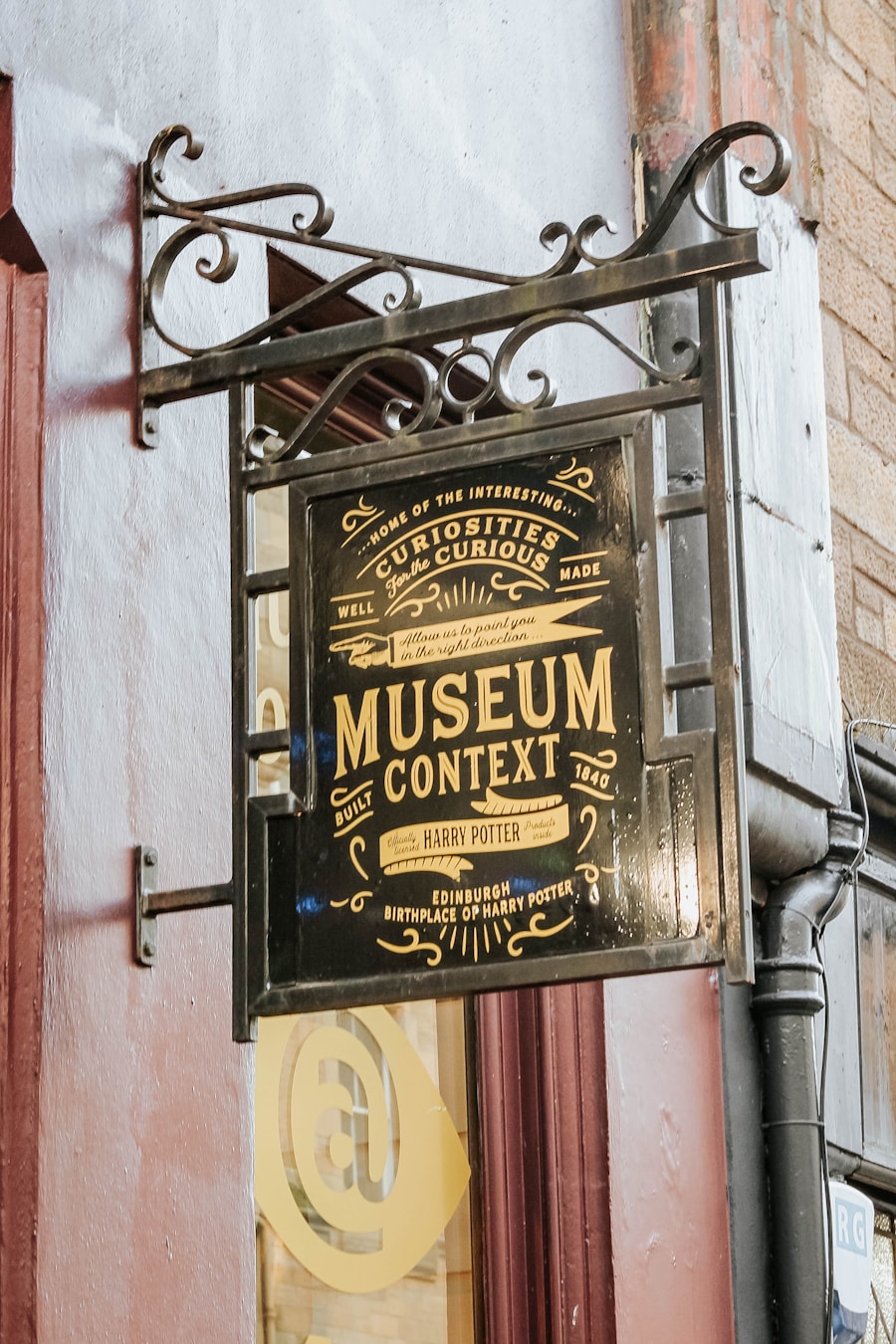
The museum landscape is dynamic; therefore, adaptability is crucial for long-term sustainability. Museums must remain vigilant in monitoring external factors such as economic shifts, technological advancements, and changing visitor preferences. For instance, during the COVID-19 pandemic, many museums faced unprecedented challenges that required rapid adaptation to survive.
Institutions that quickly pivoted to virtual programming or outdoor exhibitions were able to maintain engagement with their audiences despite physical closures. Moreover, fostering a culture of innovation within the museum can enhance its ability to respond to challenges effectively. Encouraging staff at all levels to contribute ideas for new programs or operational improvements can lead to creative solutions that might not have been considered otherwise.
The San Francisco Museum of Modern Art (SFMOMA) exemplifies this approach by regularly soliciting feedback from both staff and visitors to inform its programming decisions. By embracing change as an opportunity rather than a threat, museums can position themselves as resilient institutions capable of thriving amidst uncertainty. In conclusion, strategic planning is an essential process for museums seeking to navigate the complexities of their environments while fulfilling their missions effectively.
By understanding their core purpose through mission and vision statements, engaging stakeholders in meaningful ways, setting clear goals and objectives, implementing plans with diligence, monitoring progress rigorously, and adapting to change proactively, museums can ensure their relevance and impact for generations to come.
For a comprehensive overview of microbes, their types, roles, and significance, check out the article here. Understanding the different types of microbes and their importance can be crucial for strategic planning in various fields, including museum management. By recognizing the roles that microbes play in different environments, museum professionals can better plan for conservation efforts and preservation strategies to ensure the long-term success of their collections.
FAQs
What is strategic planning for museums?
Strategic planning for museums is the process of setting goals, defining strategies, and making decisions to guide the museum’s operations and activities in order to achieve long-term success and sustainability.
Why is strategic planning important for museums?
Strategic planning is important for museums because it helps them to clarify their mission and vision, identify their strengths and weaknesses, and develop a roadmap for achieving their goals. It also helps museums to adapt to changes in their environment and stay relevant to their audiences.
What are the key components of strategic planning for museums?
The key components of strategic planning for museums include conducting a situational analysis, defining the museum’s mission and vision, setting strategic goals and objectives, identifying key performance indicators, and developing action plans to achieve the goals.
How does strategic planning contribute to museum success?
Strategic planning contributes to museum success by providing a clear direction for the museum’s activities, aligning resources with priorities, fostering collaboration and communication among staff and stakeholders, and enabling the museum to adapt to changes in its environment.
What are some challenges in strategic planning for museums?
Some challenges in strategic planning for museums include balancing long-term goals with short-term needs, engaging stakeholders in the planning process, managing limited resources, and staying flexible in the face of uncertainty and change.









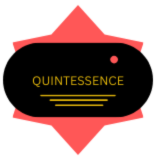
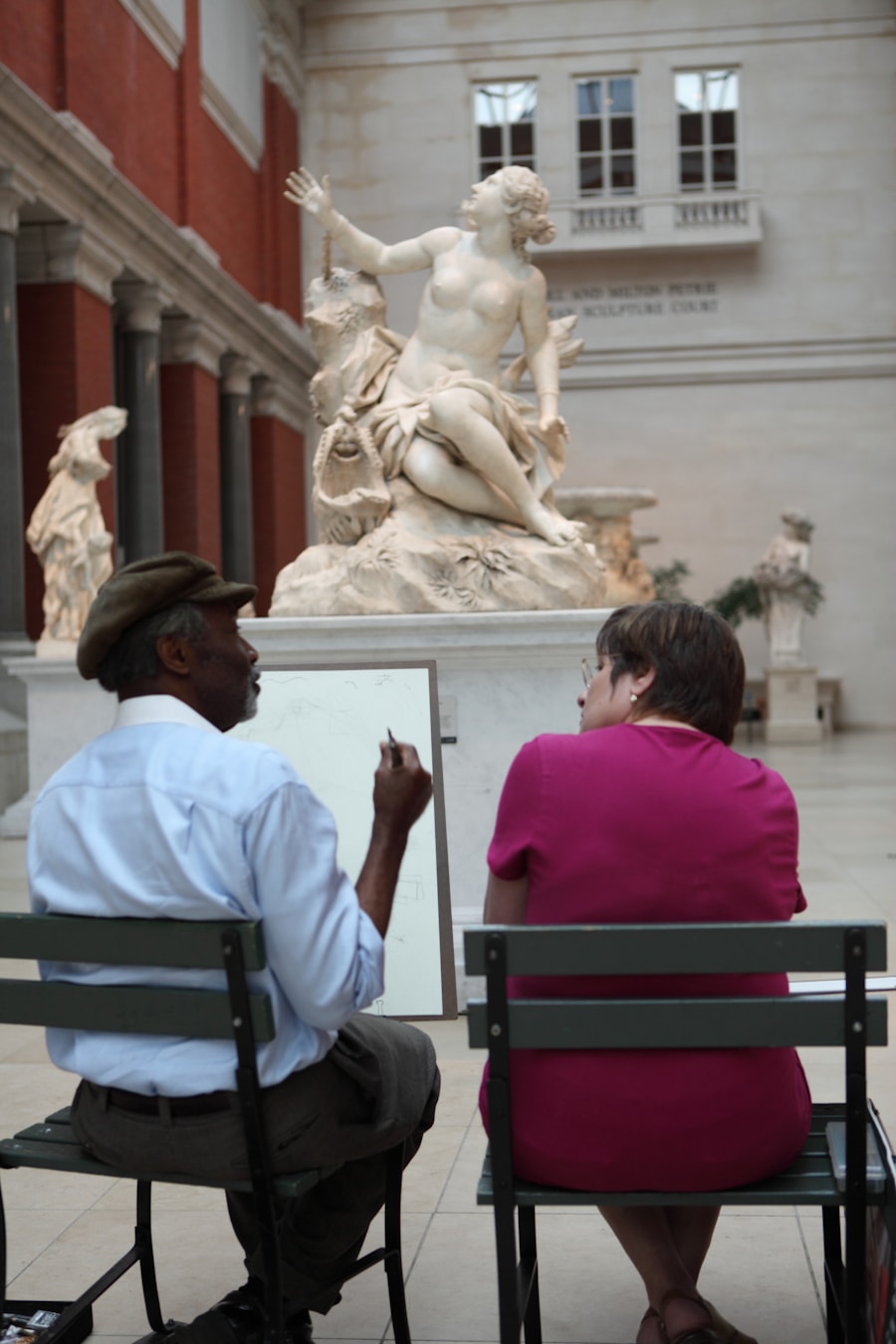


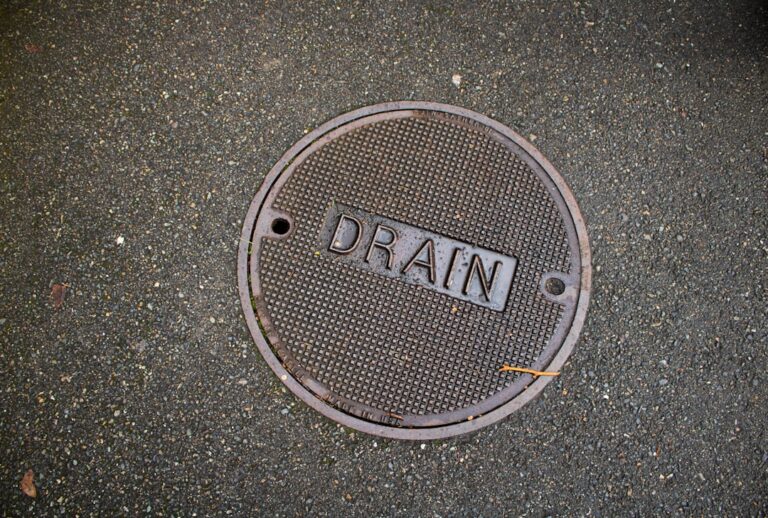


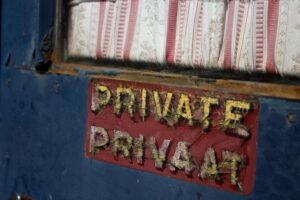




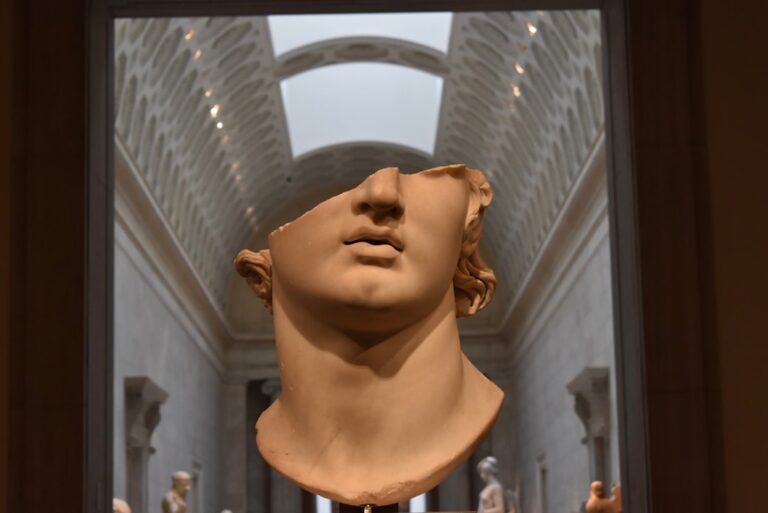
+ There are no comments
Add yours